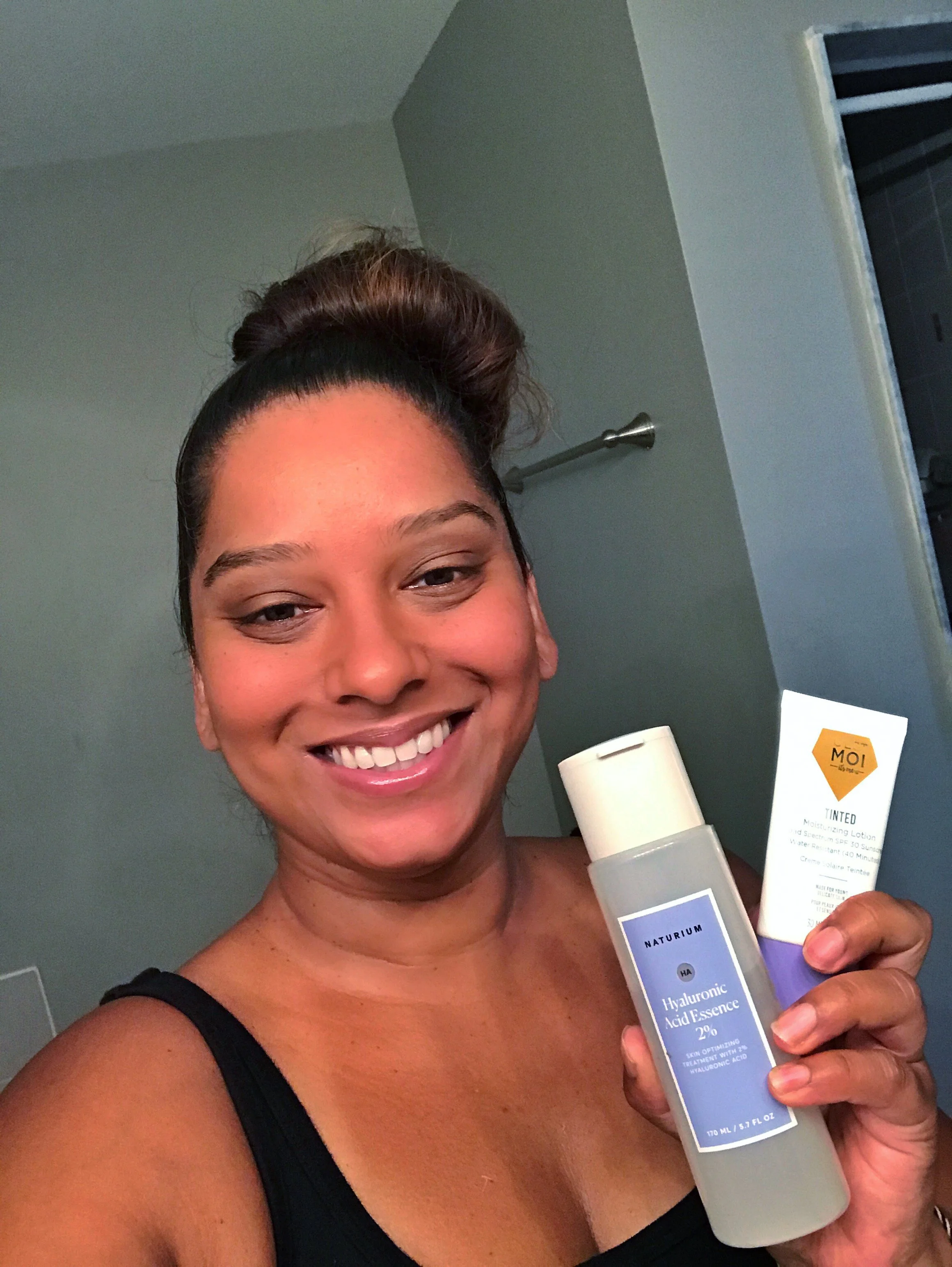Anti-Aging Foods: What to Eat (and What not to Eat) to Look Younger
It’s no secret that we look and feel our best when we make healthy lifestyle choices. That means eating a healthy diet, getting enough sleep, and drinking enough water. And experts say these choices can also help us look and feel younger too. In fact, proper nutrition supports collagen synthesis to fight fine lines and wrinkles as well as keep our complexions plump and promote hydration retention for a dewy glow.
As a 24 year old, I’m no expert on aging. But no matter how old you are, your skin reflects your general inner-health, and like retinol, it’s never too early to start adopting healthy lifestyle habits. That’s why I spoke with a few experts to find out what food choices you can make to feel and look youthful.
What to Eat
One of the key anti-aging diet recommendations is to "eat power,” says dermatologist and author of Glow: The Dermatologist’s Guide to Whole Foods Younger Skin Diet, Dr. Rajani Katta. This means it’s important to eat foods that are rich in powerful nutrients and antioxidants.
“When you are exposed to UV radiation, pollution, and other forces, free radicals develop in your body. These unstable compounds are very damaging to the collagen and cells in your skin,” says Dr. Katta. Antioxidants help to manage these free radicals, which is why consuming them in your foods is so important.
Carotenoids, for example, are a class of antioxidants that can be found in foods like, sweet potatoes, red peppers, spinach, tomatoes, watermelon, and pink grapefruit. Carotenoids are also what gives them their vibrant color. “Carotenoids have been shown to counteract skin aging by increasing ceramide levels in the skin and reducing the skin's sensitivity to sun damage,” says board-certified dermatologist Dr. Samantha Ellis.
tips to incorporate anti-aging foods into your diet
Incorporating these nutrient-packed foods into your diet is both easy and delicious. Dr. Ellis packs nutrient-dense fruit and vegetables into her smoothies for breakfast. And Dr. Katta includes fruit and vegetables in every meal — her go-to snack is hummus with veggies. Personally, I love putting fruits and veggies into a food processor and making salsa to eat as a snack or add to a meal.
There are also spices and herbs you can add in for extra skin saving nutrients. For example, cinnamon can help prevent the breakdown of collagen as well as boost its production. Ginger is anti-inflammatory and counters the production of free radicals. And turmeric helps promote blood circulation, reduces inflammation, and protects against environmental stressors like UV rays.
what to avoid
Excess sugar is the biggest culprit when it comes to foods that lead to premature aging. “Some data suggests a diet high in processed, sugary foods may lead to premature skin aging through a process called glycation. Glycation leads to waste products accumulating in various body tissues, including the skin, ultimately reducing the skin's elasticity and making it appear older,” says Dr. Ellis.
“It’s also important to watch out for foods that contain high levels of Advanced Glycation End Products (AGEs) because they attach to your collagen and make it more brittle and harder to repair. When that happens, your skin starts to wrinkle and sag,” says Dr. Katta. Certain foods, like fried meats, high fat cheeses, and snacks like biscuits and chips contain high levels of these collagen damaging compounds.
By nourishing ourselves with these anti-aging foods, we can gain fuel to look and feel our best. There are so many ways to incorporate these superfoods into your diet — get creative with new recipes or remix some of your favorites. The more colors you can fit on your plate, the better.
Would you try an anti-aging diet? Comment below!








